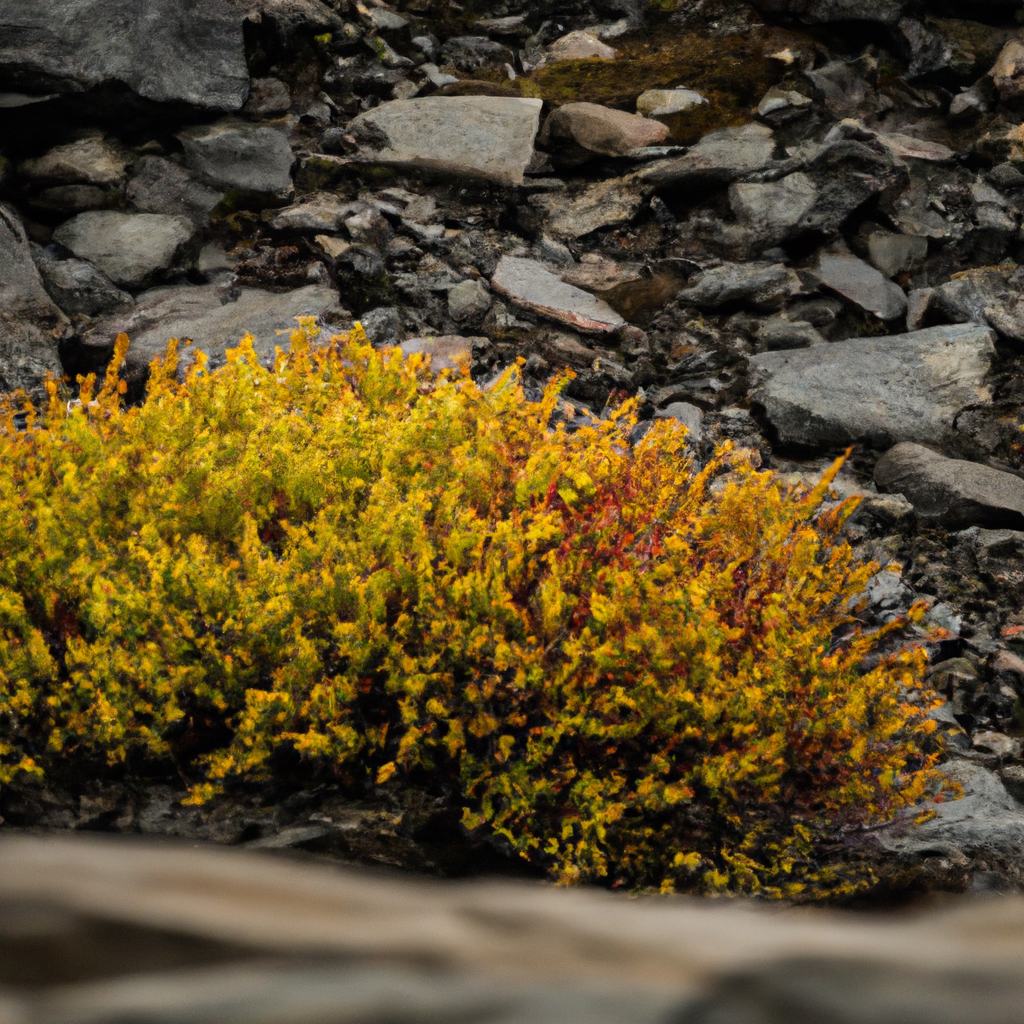Discover the hidden world of Antarctica’s plant life! From vibrant mosses to hardy lichens, the icy continent is home to an array of unique species. Join us as we uncover the fascinating diversity of plant life in one of Earth’s most extreme environments.
Unique Plant Adaptations to Extreme Environments
antarctica unique plant species: unique plant adaptations to extreme environments
In the icy and inhospitable landscape of Antarctica, where extreme cold and harsh conditions prevail, unique plant species have evolved fascinating adaptations to survive in this challenging environment. These plants exemplify resilience and ingenuity in the face of adversity, showcasing nature’s remarkable ability to thrive even in the most extreme conditions.
antarctic hairgrass (deschampsia antarctica)
One of the most iconic plant species in Antarctica is the Antarctic hairgrass, scientifically known as Deschampsia antarctica. This hardy grass is well-adapted to the extreme cold and strong winds of the Antarctic climate. Its fine blades and clumping growth habit help protect it from the elements, while its ability to photosynthesize in low light conditions enables it to make the most of the limited sunlight in the region.
pearly everlasting (anaphalis margaritacea)
Another notable plant found in Antarctica is the pearly everlasting, or Anaphalis margaritacea. This small, cushion-like plant has evolved unique adaptations to survive in Antarctica’s harsh environment. Its dense, woolly foliage helps insulate it against the cold, while its deep root system anchors it securely in the rocky terrain.
antarctic pearlwort (colobanthus quitensis)
The Antarctic pearlwort, also known as Colobanthus quitensis, is a flowering plant that thrives in Antarctica’s extreme conditions. Its small, succulent leaves and low-growing habit allow it to conserve moisture and minimize heat loss, crucial adaptations for survival in this cold and dry environment. The plant’s ability to reproduce rapidly helps it establish populations in challenging habitats.
These unique plant species in Antarctica demonstrate the remarkable adaptations that enable life to not only exist but flourish in the most extreme environments on Earth. Their ability to thrive in the face of adversity serves as a testament to the resilience and adaptability of nature.
Hidden Diversity Below the Surface of Antarctica
the mesmerizing world of antarctic flora
underneath the vast icy landscapes of antarctica lies a hidden world of unique plant species waiting to be discovered. despite the harsh climate and extreme conditions, antarctica harbors a surprising diversity of plant life that has adapted to thrive in this icy environment.
adaptations for survival
to survive in antarctica’s harsh conditions, antarctic plants have developed remarkable adaptations. some plants, such as the antarctic pearlwort, grow low to the ground to avoid exposure to harsh winds. others have evolved specialized mechanisms to store water and nutrients, enabling them to survive in nutrient-poor soils.
plant communities in antarctica
plant communities in antarctica are often found in areas where the snow melts during the summer months, creating pockets of vegetation known as feldmark. these communities provide vital habitat for a variety of organisms, forming the base of the antarctic food web.
notable plant species
– antarctic hairgrass (deschampsia antarctica): a resilient grass species that forms dense tussocks across antarctic landscapes.
– antarctic pearlwort (colobanthus quitensis): a flowering plant with tiny white flowers that dot the antarctic tundra.
– antarctic moss (sanionia uncinata): a moss species that can withstand extreme cold and desiccation, often found growing on rocks and soil.
conservation challenges
despite their resilience, antarctic plant species face growing threats from climate change and human activities. as temperatures rise and ice melts, invasive species are moving into antarctica, outcompeting native plants for resources. it is crucial to protect these unique plant species to preserve the fragile ecosystem of antarctica.
exploring antarctic plant life
for those fortunate enough to visit antarctica, taking the time to explore its unique plant life can provide a deeper appreciation for the continent’s biodiversity. from the vibrant colors of flowering plants to the intricate patterns of mosses, antarctic flora offers a glimpse into a world rarely seen by many.
antarctica’s unique plant species represent a hidden diversity waiting to be unearthed. their adaptations to extreme conditions and role in antarctic ecosystems make them a vital component of this pristine environment. as we continue to study and protect antarctic plant life, we gain a better understanding of the delicate balance that exists below the surface of antarctica.
The Role of Plants in Antarctica’s Ecosystem
antarctica unique plant species: the role of plants in antarctica’s ecosystem
antarctica, a land of extremes and unparalleled natural beauty, hosts a variety of unique plant species that thrive in one of the harshest environments on earth. These plants play a crucial role in antarctica’s delicate ecosystem, contributing to the region’s biodiversity and overall ecological balance.
antarctica’s harsh conditions and resilient plant life
antarctica’s extreme climate, with freezing temperatures, high winds, and long periods of darkness, presents a challenging environment for plant growth. Despite these harsh conditions, antarctica is home to several plant species that have adapted remarkable survival strategies. Mosses, lichens, and algae are some of the most common plants found in this icy continent.
importance of plants in antarctica’s ecosystem
although plant life in antarctica may seem sparse, these plants play a vital role in the region’s ecosystem. They serve as primary producers, initiating the food chain and providing sustenance for other organisms such as insects, birds, and marine animals. The presence of plants also contributes to soil formation and stabilization, essential for maintaining antarctica’s fragile ecosystem.
threats to antarctica’s plant species
despite their resilience, antarctica’s plant species are vulnerable to climate change, human activities, and invasive species. Global warming and the resulting melting of ice shelves can disrupt plant habitats and alter the delicate balance of the ecosystem. Increased tourism and scientific research activities in antarctica can also impact plant life if not managed sustainably.
conservation efforts and future outlook
protection and conservation of antarctica’s unique plant species are crucial to preserving the region’s ecosystem and biodiversity. Strict regulations and international agreements aim to minimize human impact on antarctica’s fragile ecosystem and ensure the long-term survival of its plant life. Continued research and monitoring are essential to understanding the effects of climate change and other threats on antarctica’s plant species and ecosystem as a whole.
in conclusion, while antarctica’s plant life may be modest in appearance, its significance in the region’s ecosystem cannot be overstated. These plants are not only survivors in an extreme environment but also vital contributors to the intricate web of life that exists in this icy wilderness.

